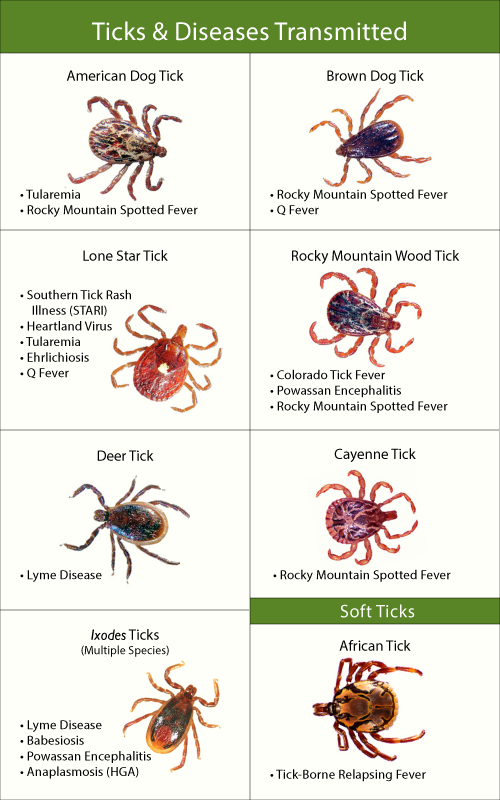
Tick Borne Disease
Anaplasmosis is a tick-borne disease caused by the bacteria Anaplasma phagocytophilum and Anaplasma platys. Anaplasma phagocytophilum predominantly affects white blood cells, while Anaplasma platys primarily affects platelets.

Anaplasmosis is a tick-borne disease caused by the bacteria Anaplasma phagocytophilum and Anaplasma platys. Anaplasma phagocytophilum predominantly affects white blood cells, while Anaplasma platys primarily affects platelets.
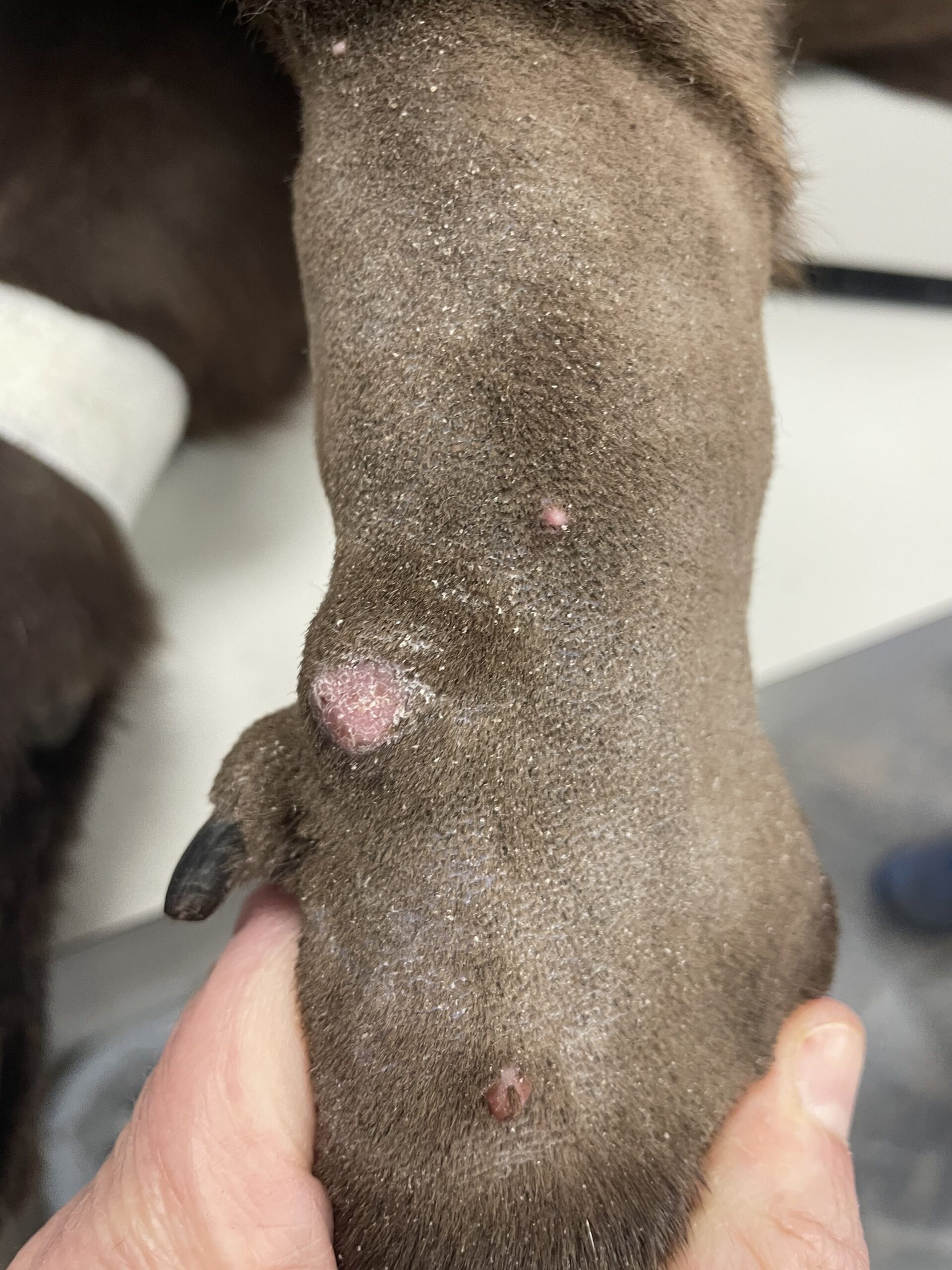
Acne is a skin condition characterized by the formation of comedones (blackheads and whiteheads), papules, pustules, and in severe cases, nodules and cysts. It primarily affects the chin, lips, and muzzle area in dogs, while cats can also develop acne lesions on their chin and lips.

Atlantoaxial Subluxation occurs when the articulation between the first and second cervical vertebra is unstable. This can occur in dogs and cats from birth and/or from trauma. This instability then causes compression of the associated spinal cord. Symptoms of hyperflexion of the neck may be present with trauma, neck pain, ataxia (staggering-type walk), and inability to walk on the limbs. Diagnosis is usually based on x-rays of the neck/spine.
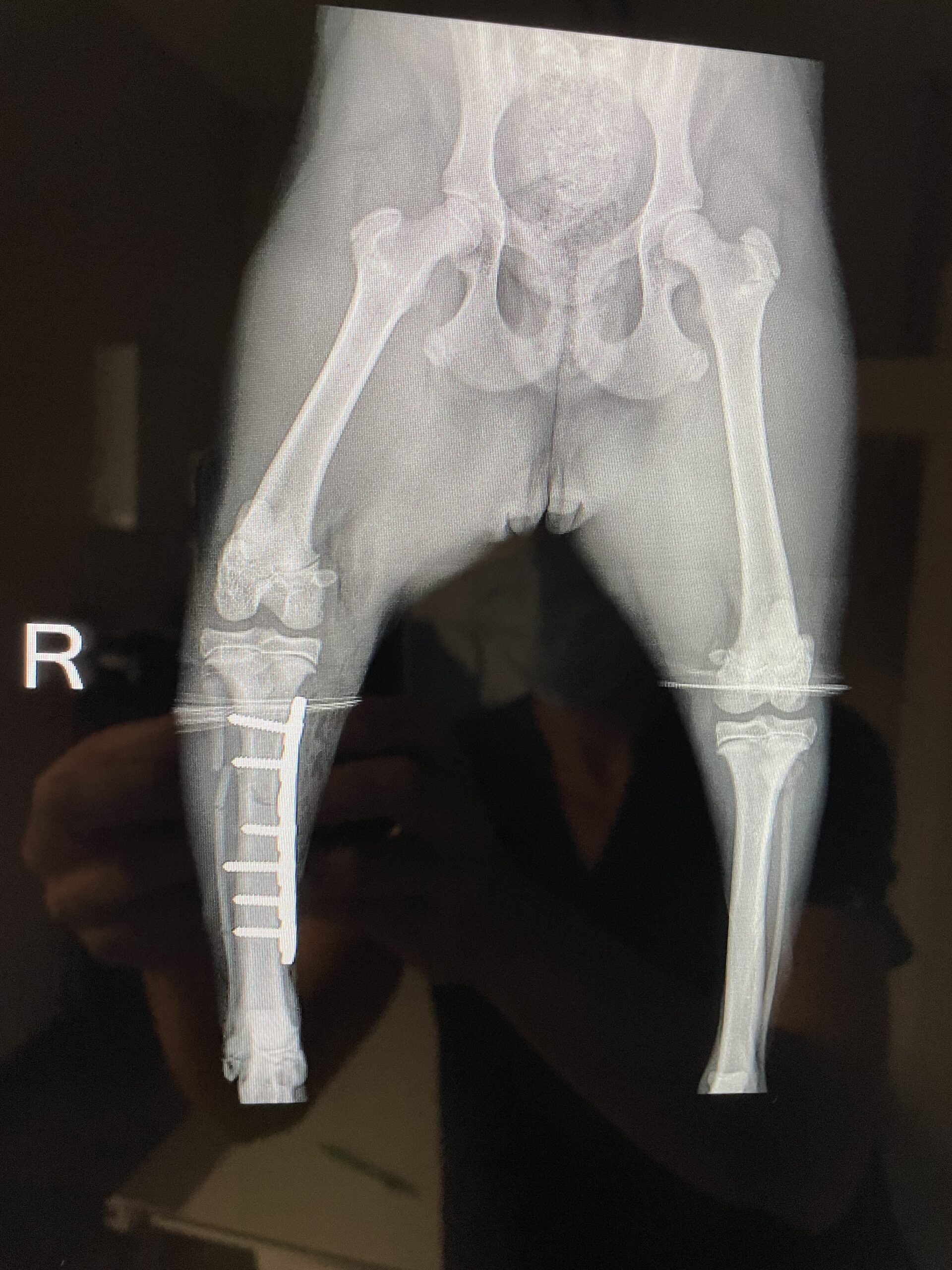
Achilles Tendon Injury is an injury to any of the tendons that attach to the calcaneus bone. The tendons that make up the achilles mechanism include the gastrocnemius tendon, common tendon of the biceps femoris, and the superficial digital flexor tendon.

Bronchiolar and Pulmonary Neoplasia is cancerous growth that originates in the bronchi and lungs. Clinical signs include cough, difficulty or rapid breathing, and lethargy. Diagnostic testing includes bloodwork, chest x-rays, CT scan, or bronchoscopy.

Acute Hepatic Injury is a sudden injury to the liver as a result of trauma, shock, infectious disease, or drug, chemical, or toxin exposure.
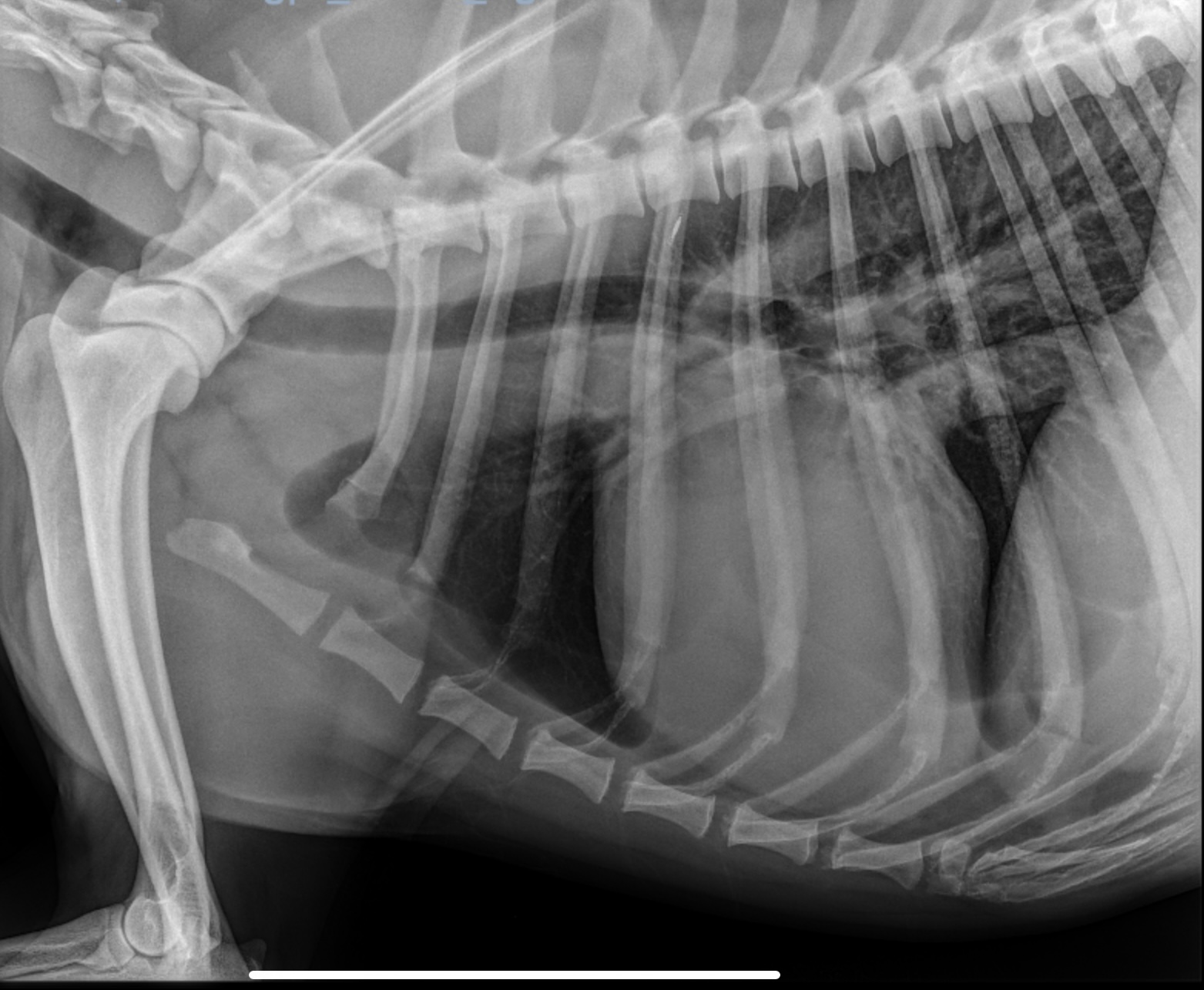
Aortic Thromboembolism occurs in felines and is an occlusion of a systemic artery by clot. This can occur secondary to heart disease or cancer.

Anemia can be divided into blood loss anemias, decreased production of red blood cells, or destruction of red blood cells.

Anal Sac Diseases includes inflammation, infection, impaction, or cancer of the anal sacs. The pair of anal sacs are positioned on either side of the anus. The specific anatomy of an animal’s anal sacs, loose stools, and food or environmental allergies may be related to the pathology of the anal sacs.
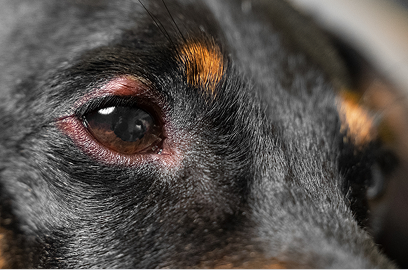
Cataract is an opacity of the lens of the eye. A cataract can be present at birth, develop at a young age, develop at an older age, or occur secondary to other disease.